Divining With Tupac, Erykah Badu, and Billie Holiday
How a punk-rock musician — with help from the filmmaker Alejandro Jodorowsky — created a tarot deck that’s all about Black Power.
By Jessie Schiewe
Arish Khan and Alejandro Jodorowsky’s Black Power tarot deck
The first thing the legendary Chilean-French filmmaker Alejandro Jodorowsky said when Arish Khan arrived at his Paris apartment was “Show me your cards.” He was referring to Khan’s tarot deck, which at the time, was the classic 1920s Rider-Waite one.
“When he saw it, Jodo told me, ‘That’s not the right deck for you,’ ” Khan, who fronts the punk-rock band King Khan and the Shrines, told OK Whatever.
The 88-year-old filmmaker — known for his surrealist 1970s movies, like Holy Mountain and El Topo — introduced Khan to the Tarot de Marseille, a deck from the 15th century that uses fewer cards (22 instead of 78), and has a sacred geometry to its art. Nixing those 56 other cards and leaving just the Major Arcana (or trump) cards, was akin to taking the joker cards out of a deck, Jodorowsky told him. You don’t need them and “it leaves just the essence.”
(Jodorowsky also taught Khan two other important tarot lessons. Never charge money for a reading and you can’t predict the future, because that’s bullshit.)
This all happened more than eight years ago, but it’s a day Khan remembers well. Not only did it influence the way he read tarot — he now only uses Tarot de Marseille decks — but it led him to create his own: the Black Power tarot deck.
Released in 2015, the unique and special deck does a lot of things differently from traditional tarot. Starting with the fact that it uses only Major Arcana cards — such as the Emperor, the Devil, and the Moon — it also only depicts Black icons from the 20th century (including 2 magicians, 1 comedian, and 23 musicians). Everyone from Billie Holiday and Screamin’ Joe Hawkins to Tupac appear on the cards as clever illustrations created by the British illustrator Michael Eaton. With guidance from Jodorowsky, Khan spent months deliberating over the people on each tarot card, trying to figure out who matched with what symbol.
“It’s not a bullshit celebration of rockstars or something like that,” Khan said. “It’s actually a calculated thing where I’m trying to express each card with the right person.”
Khan — who is Indian and from Montreal, Canada — was inspired to make the deck while working on the soundtrack for the civil rights documentary film, The Invaders. As a kid, he’d read The Autobiography of Malcolm X and learned about Black Power from his dad, who’d emigrated from India in the 1960s and “experienced a lot of racism.”
Even though Khan himself is not Black, he says he’s always identified with the movement, which he believes goes beyond the color of one’s skin.
“It’s about the struggle and that struggle is not only Black, it’s actually all sorts of things.”
Arish Khan posing with The Moon and The Sun cards from his Black Power tarot deck. (Photo: Orestis Rovakis)
And because an all-Black tarot deck is such a rarity, Khan — who has been studying the divination form for over a decade — felt like he was the right person to bring one into being.
Of Khan’s first 22 tarot pairings, Jodorowsky approved 15. He nixed Khan’s idea to have a blue-skinned Eazy-E rising from a grave as the Judgement card, and he amended the Strength card to depict Tina Turner solely instead of her and Ike Turner wrestling.
Jodorowsky often reminded Khan “not let [his] ego interfere” with his card selections. Once, he mistakenly thought Khan had drawn himself as the figure on the World card, and told the musician, “Your ego is muy grande.” (The image, it turned out, was not a portrait of Khan. It was actually the singer Sister Rosetta Tharpe.)
In fact, Jodorowsky likely had little idea of who some of the characters Khan chose for the deck were. And it probably didn’t help that the musicians’ names aren’t printed on each card.
“A lot of the cards he flagged I had to re-explain to him by telling him who was on the cards. Like when I put Curtis Mayfield as the Temperance card,” Khan said. “But that’s also what was kind of cool about Jodo. He was judging the cards by their actual visual representations and meanings.”
In the years since the deck has come out, Khan, as well as illustrator Eaton, have seen a bevy of people rocking tattoos using images from the Black Power tarot deck. They’ve found the most common icons people get inked are Tina Turner and Sister Rosetta Tharpe.
Irma Thomas — who, along with James Brown and Etta James is depicted on the Lovers card — owns a Black Power Tarot deck. The members of jazz musician Sun Ra’s “arkestra," who appears in the deck as the Sun, also own copies of the unique tarot pack.
Khan’s next foray into tarot is currently in the works and will manifest in the near future as the Red Power tarot deck, which will be dedicated to Native American figures.
Just like with Black Power, Red Power is another movement that Khan — who has friends who are Mohawk Indians — can identify with.
“It’s about changing people and helping each other and understanding the pain of people who are suffering,” he said. “And that has no color.”

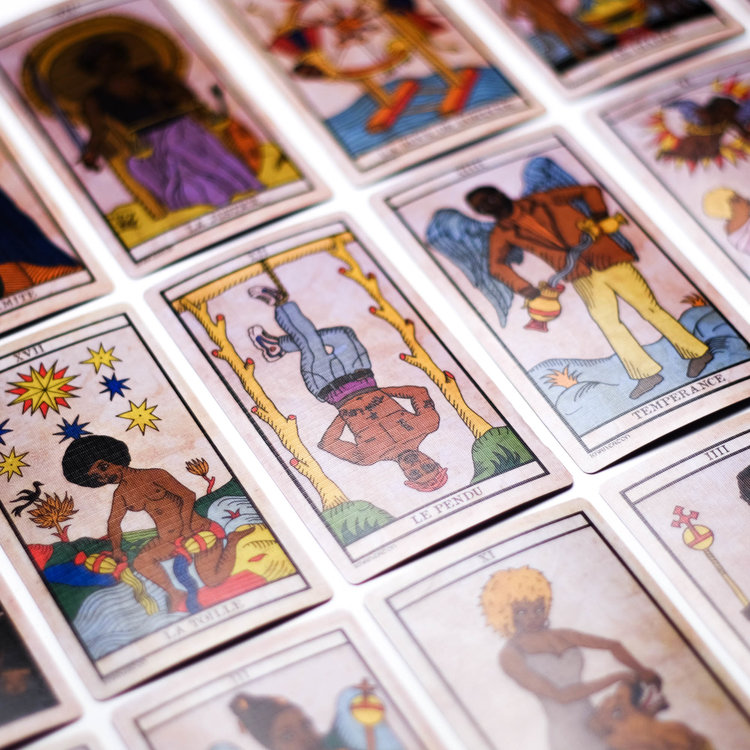
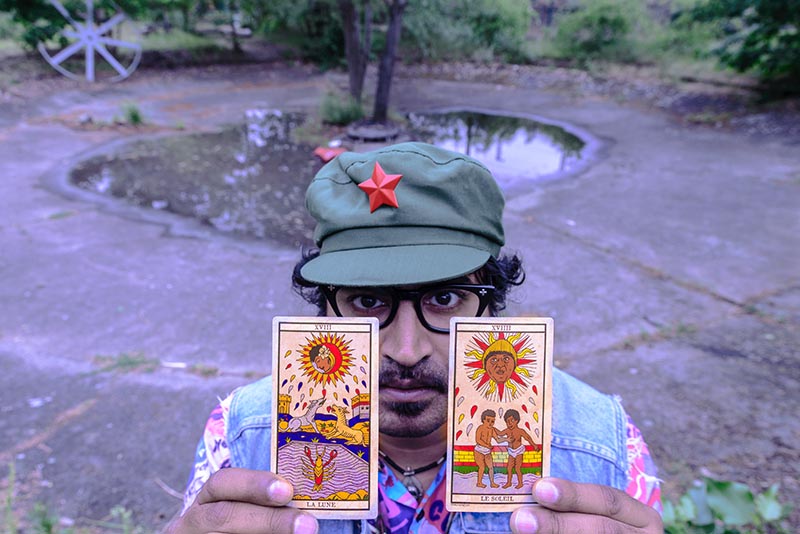
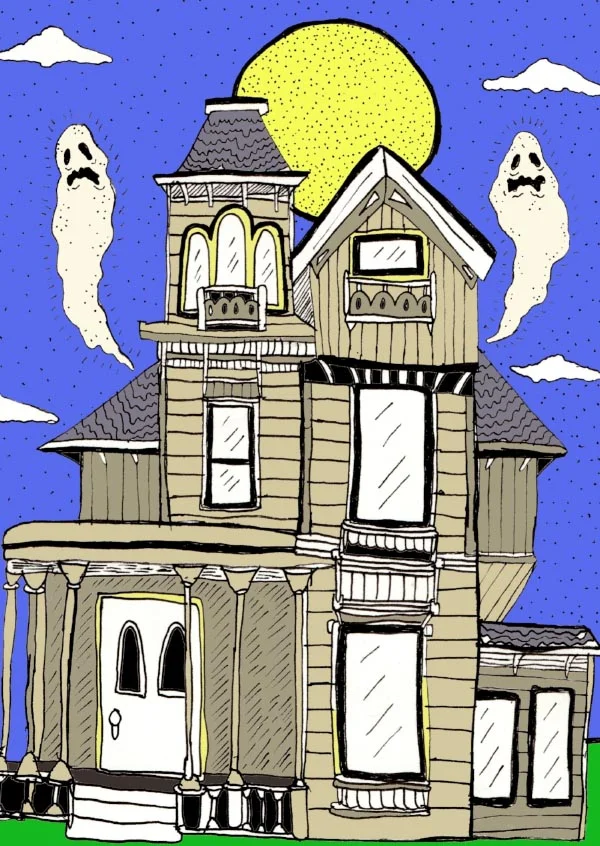

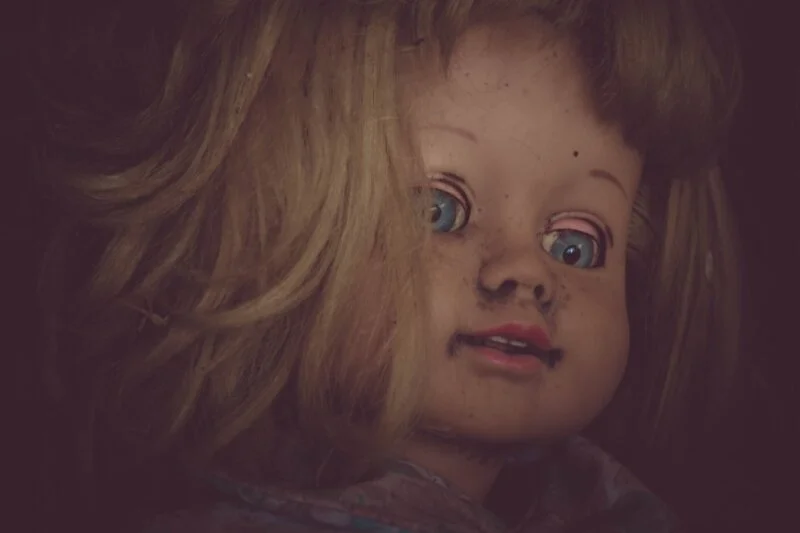
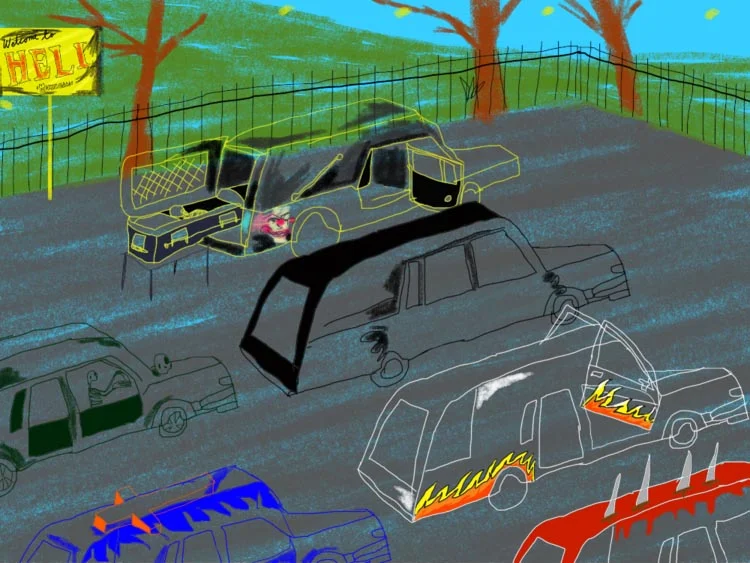








Creative uses for ashes abound as people increasingly seek personalized memorials for their loved ones.